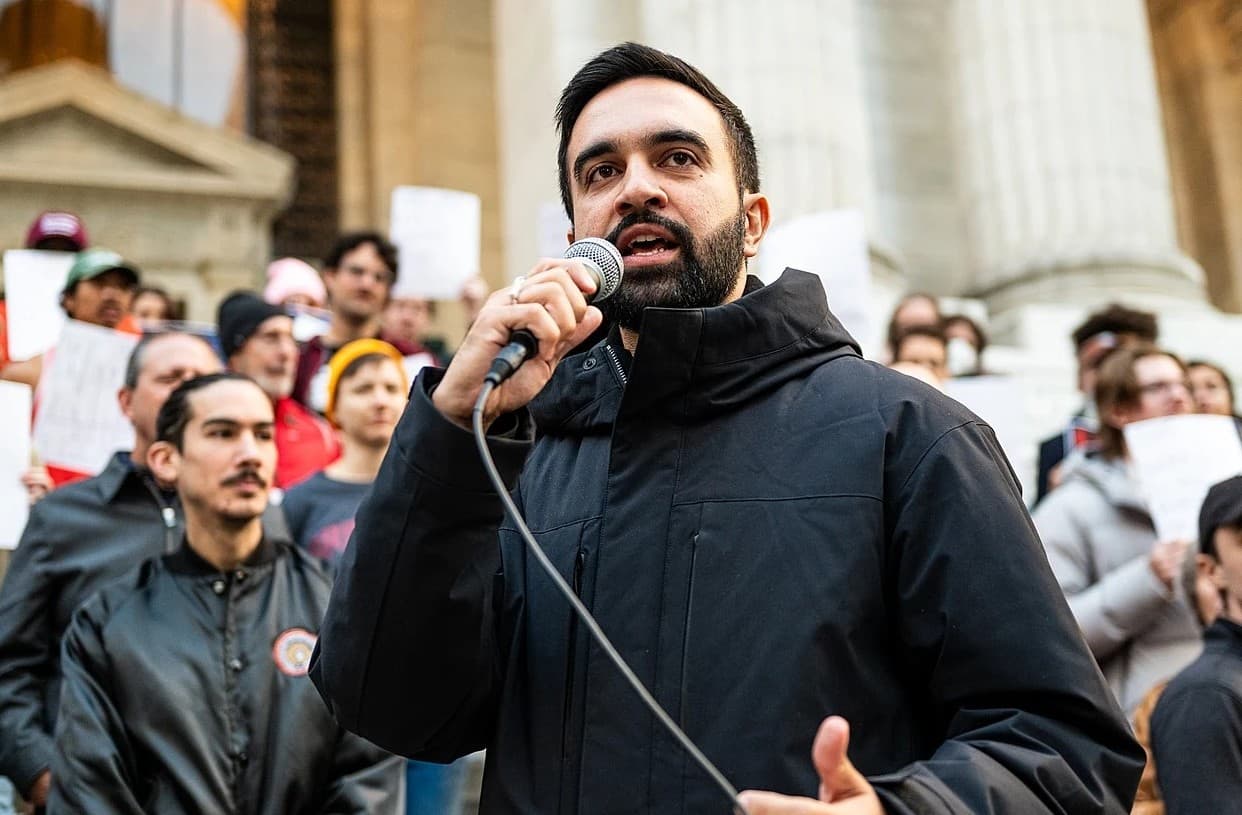Who Is Really Responsible for Welfare Fraud?

There have been numerous articles alleging rampant welfare fraud. While most articles focus on blaming poor people who directly receive government benefits, there are no credible statistics demonstrating that the poor are responsible for the majority of the fraud. There exist anecdotal accounts of fraud that get lots of media attention, but those are exceptions, not the rule.
Google defines anecdotal evidence as:
1. Information that is not based on facts or careful study. 2. Reports or observations of usually unscientific observers. 3. Casual observations or indications rather than rigorous or scientific analysis
In other words, don’t take a single example or casual observation of welfare fraud and claim it represents the tens of millions of poor who receive welfare benefits.
So what are the facts?
In January 2014,Bangor Daily News reported that Maine Gov. Paul LePage released data showing that government issued EBT cards were used 3,000 times in smoke shops and 650 times in bars, strip clubs, and sports pubs from January 2011 to November 2013. The article further reported that there are nearly 224,000 active EBT cards in Maine, with about 50,000 EBT transactions per month, or nearly 1.8 million transactions during the surveyed time period. This places the EBT fraud, at most, at 0.2 percent or two-tenths of one percent.
In August 2013, The United States Department of Agriculture released a study called, “The Extent of Trafficking in the Supplemental Nutrition Assistance Program: 2009–2011“
According to the study, only 1.3 percent of that number was used illegally by participants. However, the study also found that 10.5 percent of SNAP benefit-approved stores engaged in fraud. This demonstrates businesses committed fraud over 8 times more often than the poor receiving SNAP benefits.
While welfare fraud committed by the poor appears to be low, the federal government has long recognized businesses being the true criminals.
In 2009, the FBI disclosed the two primary types of Medicare fraud included:
Physical therapy/occupational therapy fraud: The crux of these schemes was billing Medicare for services not rendered. In most cases, the subjects created fictitious patient files by paying Medicare beneficiaries, therapists, and doctors to fill out and sign documentation indicating services had been provided when in fact they had not been. These phony files were then systematically distributed to Medicare providers for illicit billing.
Infusion therapy fraud: Several Michigan infusion therapy companies providing medication for AIDS, HIV-positive, and Hepatitis C patients were allegedly billing Medicare for services not actually performed, were medically unnecessary, or were medically unlikely (medicines not normally prescribed for particular conditions). Note: infusion therapy involves giving medicine intravenously to patients whose conditions are so severe they can’t be treated with oral medication.
In 2011, a FBI joint task force investigation involving more than 700 law enforcement agents arrested 111 individuals in 9 cities in a scheme to defraud Medicare. The task force targeted chronic fraud and emerging or migrating schemes by criminals masquerading as health care providers or suppliers.
In February 2013, the U.S. Department of Justice reported that they recovered $4.2 billion in health care fraud. Since 1997, they have recovered over $23 billion in fraud from businesses.
Attorney General Eric Holder said:
Our historic effort to take on the criminals who steal from Medicare and Medicaid is paying off.
In March 2014, the U.S. DHHS Office of the Inspector General released its annual report for year 2013. The report states that 74 percent of its criminal convictions involved fraud convictions, including (1) conspiracy to commit health care fraud, (2) health care fraud, (3) submitting false statements related to health care matters, (4) making a false statement in regard to health care reimbursements, (5) grand larceny, and (6) violations of anti-kickback statutes.
In one case alone the Virginia MFCU led a joint state-federal investigation of Abbott Laboratories and was able to recover almost $1 billion. In a civil settlement, they recovered another 1.5 Billion against Abbot Laboratories.While these are some of the better known examples of large scale welfare fraud, they are not the only ones. The above cases alone represent over $25 Billion in welfare fraud recovery. The criminals having the greatest impact committing welfare fraud against the government are not the poor, but the privately owned businesses that take advantage of them.
Photo Credit: Jim Young / Reuters




